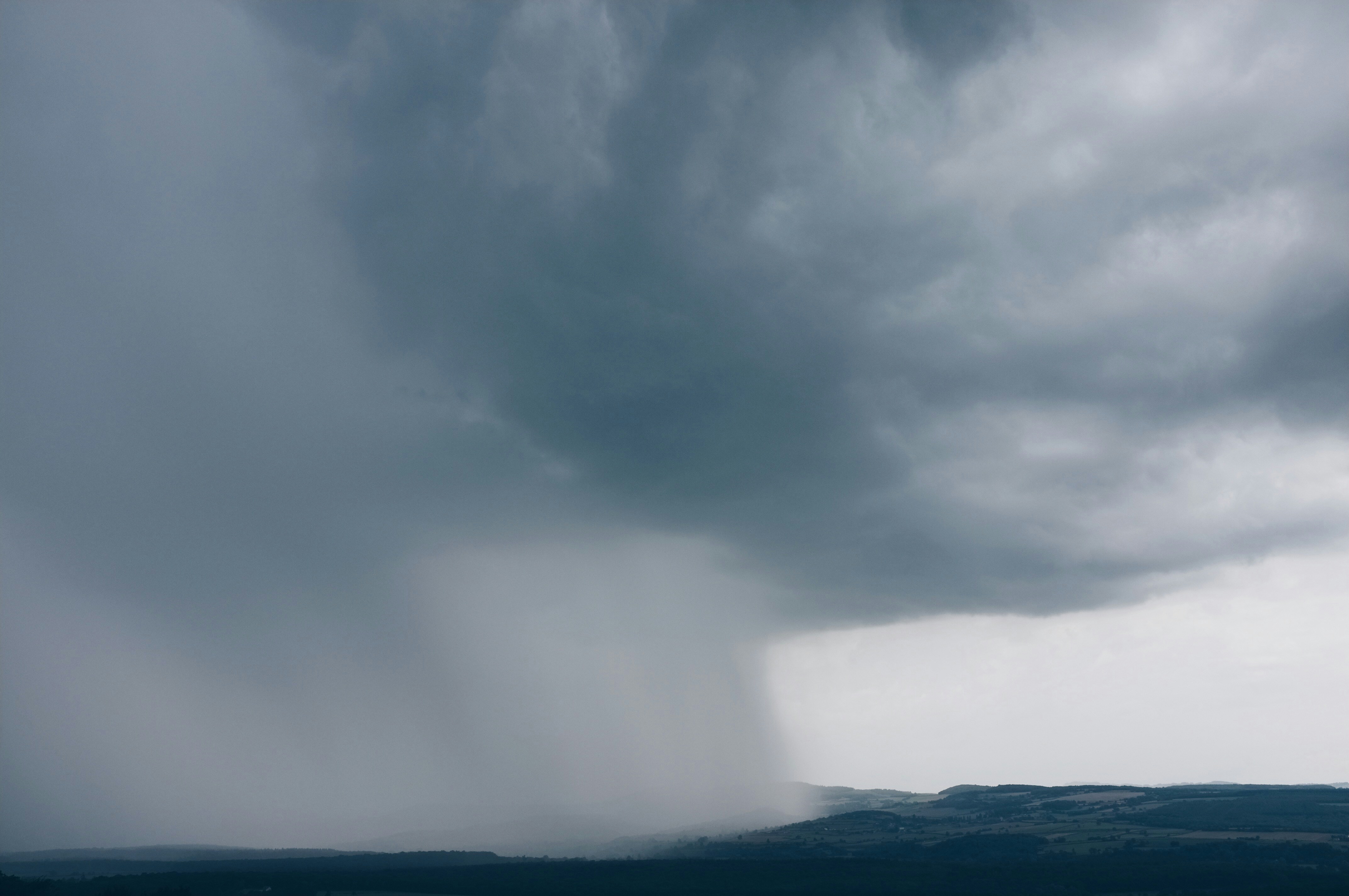Unveiling the Power of AI in Hurricane Prediction
In recent years, technological advancements have dramatically reshaped our ability to forecast and prepare for natural disasters like hurricanes. Among the most transformative of these technologies is artificial intelligence (AI). As hurricanes become more frequent and intense due to climate change, accurately predicting their paths and potential impact is crucial. AI offers unprecedented precision and speed in hurricane modeling, providing valuable insights for emergency preparedness and response.
AI and Big Data: A Perfect Storm for Forecasting
AI harnesses the power of big data to create models that can predict hurricane behavior with remarkable accuracy. By analyzing vast amounts of historical weather data, satellite imagery, and real-time information, AI systems can identify patterns and trends that might be invisible to human analysts. These advanced models are capable of continuously learning and improving, enabling meteorologists to predict hurricanes’ paths, intensities, and potential impacts with greater precision.
One groundbreaking application of AI in hurricane forecasting is the development of machine learning algorithms that can process complex datasets. These algorithms can analyze a multitude of variables, including sea surface temperatures, atmospheric conditions, and wind patterns, to predict hurricane development and progression. This enhances the ability of meteorologists to issue timely warnings and prepare communities for imminent threats.
Improving Accuracy and Lead Time
The accuracy of AI-enhanced hurricane forecasts significantly improves lead times, giving communities more time to prepare and evacuate if necessary. Traditionally, meteorologists relied on numerical weather models to predict hurricane behavior, which, although effective, often left room for errors and delays. AI models, however, can refine predictions in real-time, adjusting as new data becomes available.
For example, during Hurricane Dorian in 2019, AI models provided updated predictions that allowed for more precise evacuation orders, potentially saving lives and reducing economic losses. This capability is essential for regions like Florida, where hurricane season can bring rapid and unpredictable weather changes.
Collaborations Driving Innovation
The integration of AI in hurricane forecasting is a testament to successful collaborations between government agencies, universities, and private companies. Organizations such as the National Oceanic and Atmospheric Administration (NOAA) and tech giants like Google have partnered to enhance predictive models using AI. These collaborations not only advance the technology but also ensure that forecasts are accessible and actionable for decision-makers and the public.
To learn more about NOAA’s efforts in hurricane forecasting, visit their official website.
Challenges and Ethical Considerations
While AI has proven to be a powerful tool in hurricane forecasting, it is not without challenges. The reliance on data-driven models requires continuous access to accurate and comprehensive datasets. Furthermore, the ethical implications of AI in decision-making processes, especially in life-threatening situations, necessitate careful consideration. Ensuring transparency and accountability in AI-generated forecasts is critical to maintaining public trust and safety.
Looking Forward: The Future of Hurricane Forecasting
As AI technology continues to evolve, its role in hurricane forecasting is expected to grow, offering even more precise predictions and faster response capabilities. The potential to integrate AI with other emerging technologies, such as drones and remote sensing, could further enhance forecasting accuracy and disaster management.
At HelpNow, we are dedicated to advancing emergency preparedness and response through innovation and education. Our mission is to equip communities and organizations with the knowledge and tools they need to face natural disasters confidently. Explore our range of courses and join us in building a more resilient future.
By leveraging AI’s potential in hurricane forecasting, we are taking significant steps toward a future where communities can better withstand the impacts of natural disasters. For more information on our initiatives and how you can get involved, visit our homepage or contact us. Together, we can make a difference in disaster preparedness and response.

